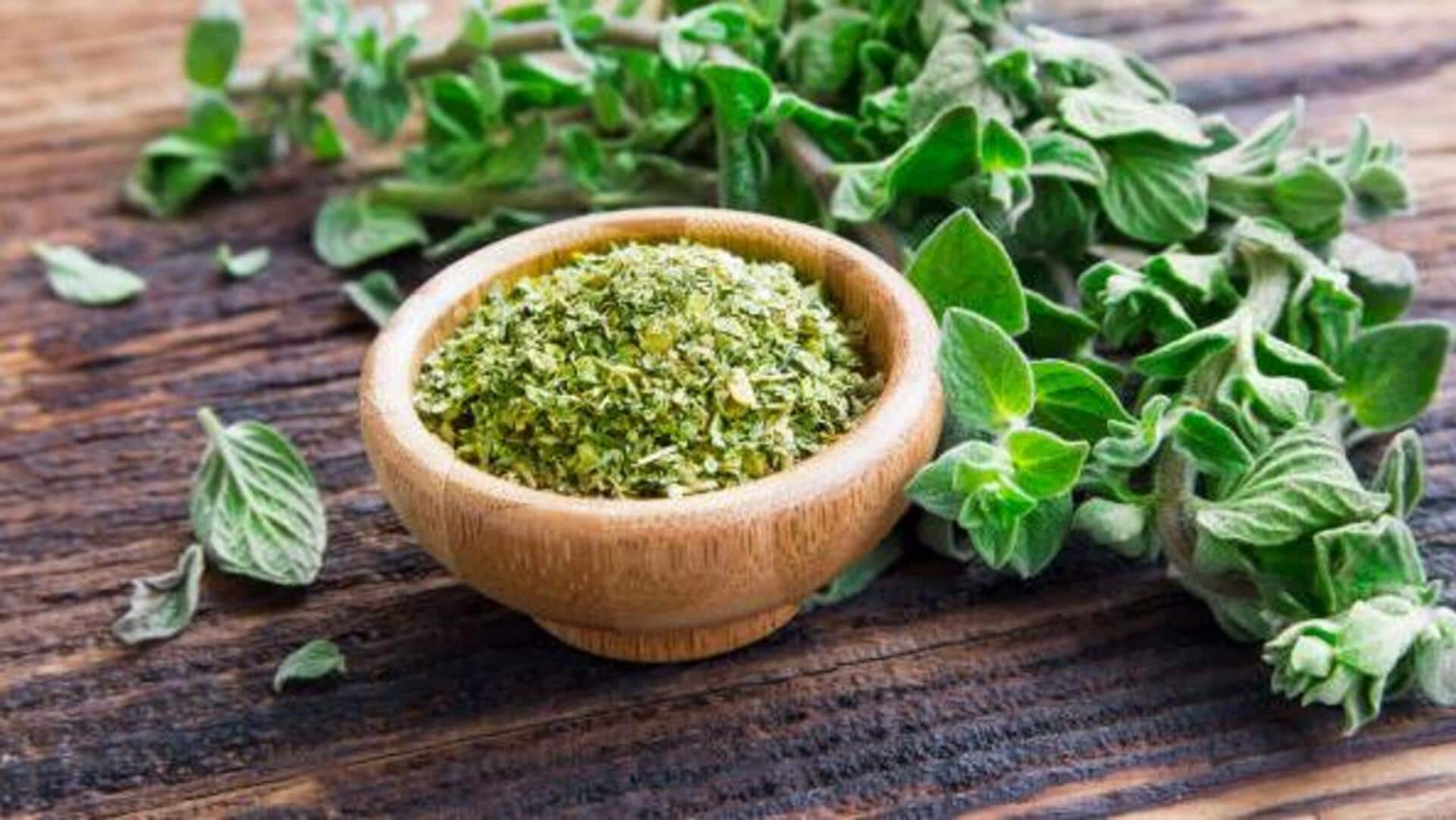
Oregano is a star in Mediterranean African cooking: Here's why
What's the story
Oregano is the unsung hero of Mediterranean African cuisine, providing a unique flavor that complements a wide range of dishes.
This article delves into the crucial varieties of oregano utilized in this culinary tradition, focusing on their distinct attributes and uses.
Familiarizing yourself with these varieties can significantly enhance your culinary creations, allowing you to infuse dishes with authentic flavors.
Greek oregano
The heart of Mediterranean flavor
Greek oregano, or Origanum vulgare var. hirtum in scientific terms, holds the crown as the "true oregano" of Mediterranean cuisine.
Its claim to fame? A strong, pungent flavor that kicks meats, salads, and sauces up a notch. You'll usually find it dried, not fresh.
This variety thrives in the semi-arid climates found along North Africa's Mediterranean coast, making it a true heart of the region's culinary tradition.
Italian oregano
A milder alternative
Italian oregano is a crossbreed of oregano and marjoram, giving it a more delicate flavor profile with a hint of sweetness.
This makes it the go-to choice for recipes that call for a gentle touch of oregano that won't overshadow other flavors.
Think light sauces and veggie-centric Mediterranean masterpieces - that's where Italian oregano shines!
Marjoram as oregano
The sweet aroma of marjoram
Although not a true oreganum species, marjoram (Origanum majorana) holds its own against milder oregano varieties in North African cuisine.
Its unique sweet aroma and mild flavor profile make it ideal for enhancing chicken and fish dishes.
Particularly popular in coastal areas, where seafood is a daily affair, marjoram enjoys widespread usage.
Its ability to add depth without overwhelming the palate makes it a beloved herb in the culinary world.
Growing tips
Cultivating your own
Growing your own oregano is not only rewarding but also guarantees you have fresh herbs at your disposal.
Both Greek and Italian varieties are drought-tolerant and prefer well-drained soil with ample sunlight.
Frequent harvesting promotes bushier growth, providing a continuous supply throughout the growing season.
Whether starting from seed or cuttings early spring, you can expect a bountiful harvest by mid-summer.
Drying techniques
Preserving for year-round use
Drying allows you to keep the robust flavors of Greek oregano on hand for year-round use.
Simply tie stems into bundles and hang them upside down in a warm, dry location away from direct sunlight. Allow them to dry until leaves are crisp to the touch—typically two to three weeks.
Store dried leaves whole in an air-tight container to preserve their aromatic oils until you're ready to use them.